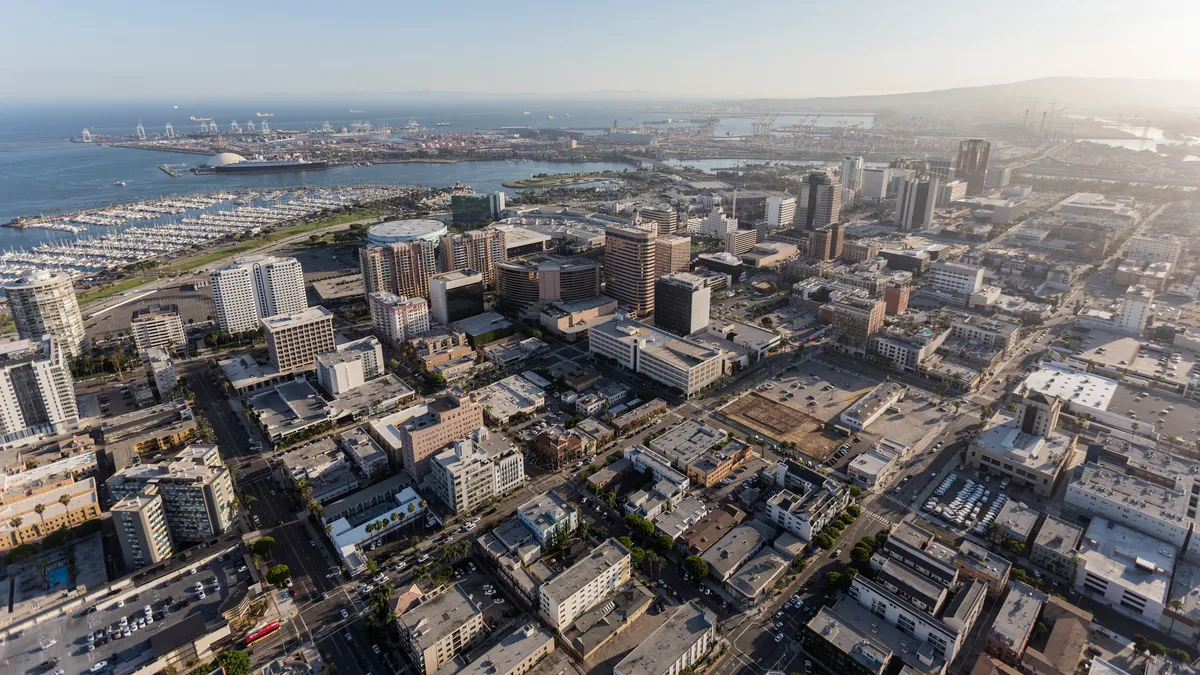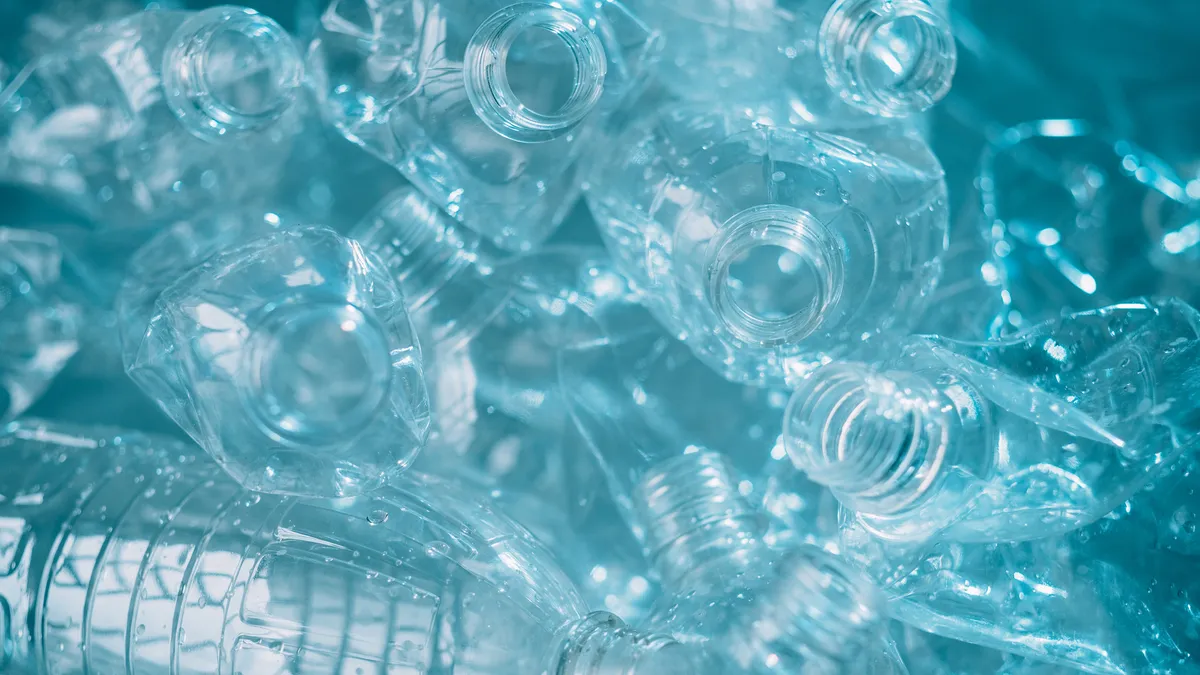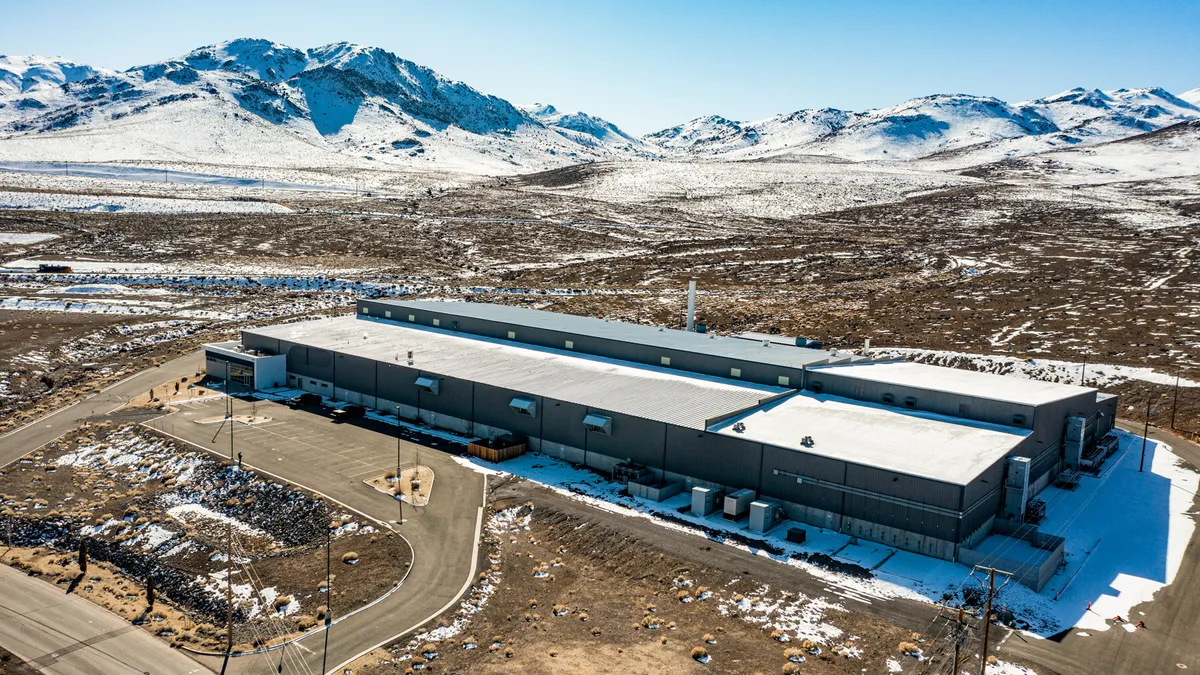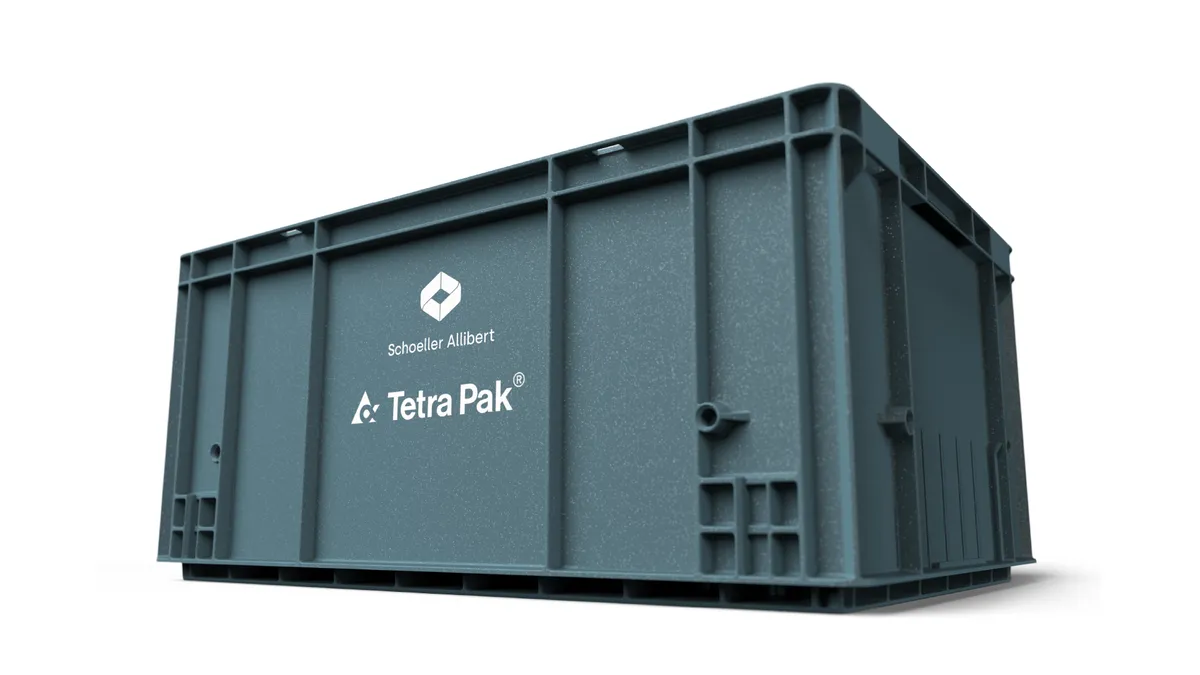California’s remaining mass burn combustion facilities could see a decline in volumes after Gov. Gavin Newsom signed a law eliminating a recycling credit used by many of their customers.
Under a decades-old state law, California jurisdictions are expected to divert at least 50% of their waste each year. Previously, waste sent to “transformation” facilities could count for up to 10%. Following the enactment of AB 1857, jurisdictions can no longer claim that credit. Environmental groups have hailed the move, while jurisdictions such as Los Angeles County advocated against it.
The state’s remaining two facilities in Long Beach and Stanislaus County, both operated by Covanta, could now see a shift in volumes depending on how their municipal customers react. Bill supporter Californians Against Waste notes the tip fees at these facilities are higher than regional landfills and generally closer to recycling tip fees.
"By removing that credit they can no longer make money off of that benefit,” said Nicole Kurian, the group’s legislative director. "So it's no longer economically viable for them to continue running this way.”
The bill, sponsored by Assemblywoman Cristina Garcia, also established a Zero-Waste Equity Grant program to “support targeted strategies and investments in communities transitioning to a zero-waste circular economy.” Kurian said no specific funding was allocated for the program in the FY23 budget, but supporters are hopeful that may change in the upcoming budget cycle.
Long Beach
The Long Beach site, known as the Southeast Resource Recovery Facility, is the larger of the two at a permitted capacity of 1,380 tons per day. Following the 1980 closure of the Palos Verde Landfill — a site run by the Los Angeles County Sanitation Districts — local governments sought out another solution for their waste. SERRF opened in 1988 under joint ownership by LACSD and the City of Long Beach. Ash from the facility goes to the El Sobrante Landfill.
The current operating contract with Covanta is set to expire at the end of June 2024.
In a letter this month urging Newsom to veto the bill, Long Beach City Manager Thomas Modica said “the bill will directly contribute to an increase in landfilling as the state aims to moves toward zero waste” and said the facility recovers an estimated 750 tons of metal per month for recycling. Opposition to the bill also came from Covanta, the League of California Cities, multiple local jurisdictions, solid waste officials in Los Angeles County and the local chapter of the Solid Waste Association of North America.
An estimated 50% of SERRF’s inbound waste comes from 148 local jurisdictions that are utilizing the credit. The city believes a minority of those customers rely on SERRF for the full 10% diversion credit, but the city’s Energy Resources Department is currently surveying customers to understand how the law may affect their plans.
"We're going to have to understand what the full impacts of that are,” said Bob Dowell, the department’s director. While a current $12 million reserve fund balance can cover operations (which were running at a loss of at least $4 million per year prior to the law’s enactment) through June 2024, that equation assumes volumes remain the same. “That's going to greatly change if those revenue numbers from the outside jurisdictions go away.”
The facility could lower its $105 per ton tip fee to be more competitive with area landfills, which are closer to $40, but that would be a challenge.
"Any lowering of the rates that we have currently, that's going to affect operational costs,” said Jane Hermsen, manager of the agency’s electric generation bureau.
Like many facilities of its kind, SERRF doesn’t make much revenue from the sale of its energy and no longer has a long-term power purchase agreement. SERRF sells its energy for 3 cents per kilowatt hour on the wholesale market, versus 12 cents per kilowatt hour under a prior agreement with Southern California Edison.
The Covanta contract requires a 90-day notice before any potential changes, but aside from that it’s possible the site could stop operations before June 2024. Covanta is allowed to bring in outside waste if it pays the standard tip fee, including special waste that can yield a higher profit for the company. In a recent announcement about the acquisition of Biologic Environmental Services and Waste Solutions, Covanta touted how the deal would optimize operations at SERRF.
The company declined to answer specific questions about the law’s effects on its regional operations, including the acquisition, and deferred other questions to the local governments.
“In a state that prides itself on progressive environmental policies, this bill puts California on a backwards trajectory. Waste-to-energy, together with other services like recycling and composting, need to work together so that Californians have a comprehensive sustainable waste plan,” said Nicolle Roble, Covanta’s director of corporate communications, in a statement that also said waste-to-energy has been recognized as a preferable way to mitigate climate change.
Stanislaus
For the Stanislaus County Resource Recovery Facility — which began operating in 1989, is owned by Covanta and is permitted for up to 800 tons per day — the potential effects on its operations are less clear.
County staff were not available for comment and referred specific questions about the facility’s viability to Covanta. Robert Kostlivy, the county’s director of environmental resources, said in a statement that the land is leased to Covanta through a contract that ends in June 2027.
The plant is in Modesto, which bill supporters note has long been without a curbside recycling program. A city spokesperson did not specifically answer whether the city relied on diversion credits from the Stanislaus facility as an alternative. Instead, the spokesperson said Modesto is launching curbside recycling service in January to be compliant with SB 1383, a state law to reduce organic waste disposal 75% by 2025.
“The main reason why our recycling container is being added is to meet SB 1383 requirements and to encourage residents and businesses to separate recyclable materials,” said Diana Ruiz-Del Re, communications and media relations officer, via email.
What’s next
When Garcia introduced the bill earlier this year, she said in a statement that “municipal waste incinerators are a reminder of how environmental racism can become normalized as a policy neutral solution” and describe the policy as relief for environmental justice communities.
This aspect has been a key focus for opponents of the California facilities and a 2021 report from environmental groups including Earthjustice centered on this as a reason for the two sites to be closed. East Yard Communities for Environmental Justice, a co-author on the report and a leading local supporter of AB 1857, was not available for comment.
Supporters say emissions from such facilities negatively impact the health of area residents and are a hindrance to progress on waste reduction. For example, Kurian noted Long Beach historically hasn’t had a green waste collection program and hopes this law spurs new approaches.
"That should hopefully push them to really look into real zero waste technologies and make those investments,” she said. "Because this counted, cities and counties were just leaning on this credit.”
The Long Beach facility operators have pushed back on claims about environmental effects, saying the site operates within permitted standards, is located in an industrial area and is an estimated 1.7 miles away from the nearest resident. Dowell said emissions from SERRF and related waste trucks (many of which do not run on diesel) are a small fraction of emissions from the surrounding Port of Long Beach.
If the facility does close, Dowell said regional landfills likely have available capacity but some are expected to limit their waste intake in future years and emissions from longer truck trips will be a factor.
"We wanted to handle it within the city and that continues to be the philosophy for the city,” he said.
Regardless of AB 1857, SERRF was already facing imminent changes. According to a consultant’s study, the site could need $66 million in upgrades to stay viable beyond its current contract period. Plus, SB 1383 was going to affect operations, as an estimated 50% of the waste SERRF receives from Long Beach is organic. As the facility operators weigh their options, the city will soon release a request for proposals about possibly using the 10-acre site for organics processing.























